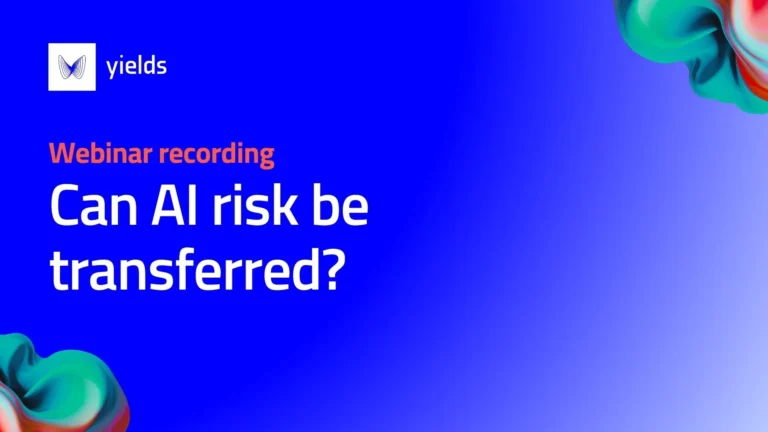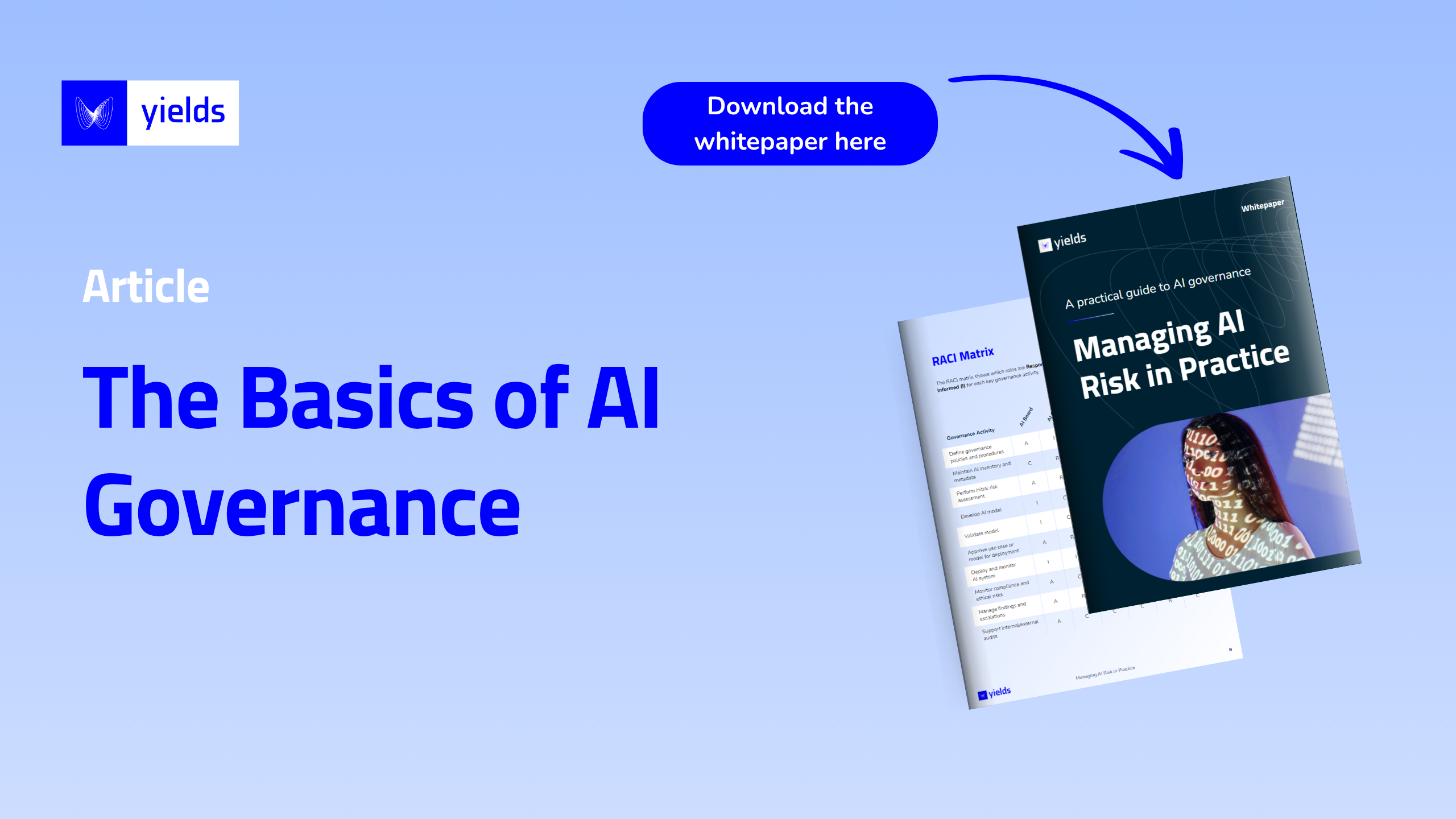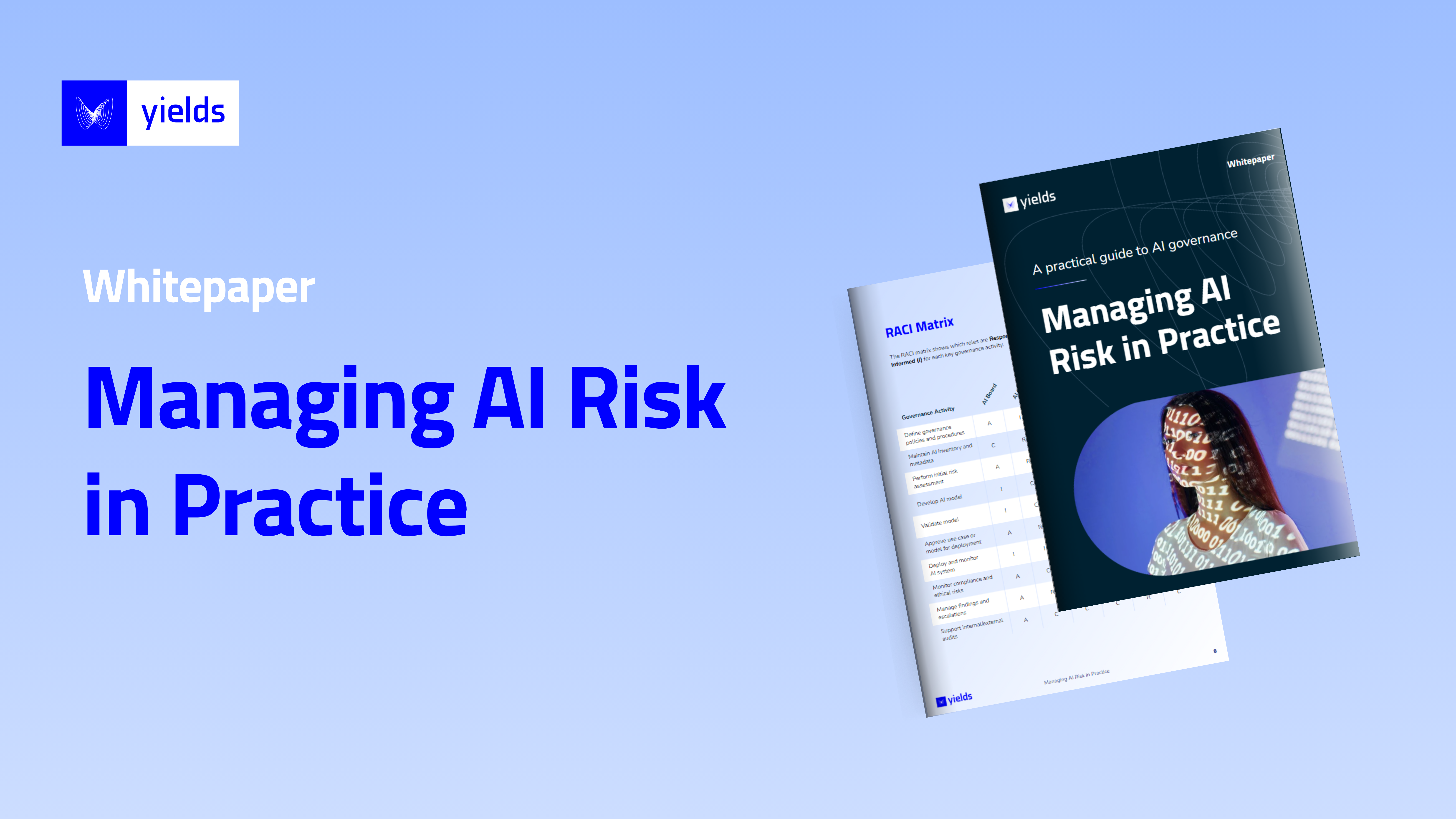Webinar Recap: Can AI risk be transferred?
In this webinar, we delved into the emerging field of AI risk transfer with Dan Adamson, CTO and co-founder of Armilla. This session focused on understanding the principle of AI risk transfer and its relationship to model risk management.
Journey into AI Risk Management
Integrating AI in various domains revealed significant challenges in deploying AI within regulated environments. Robust model risk management practices are crucial for navigating validation processes and regulatory compliance effectively.
Quantifying AI risk involves both qualitative and quantitative measures. Robust testing, interpretability, and the development of new approaches are essential for handling complex AI models like deep learning and generative AI. This dual focus ensures comprehensive risk assessment and management.
Risk Transfer Solutions
Risk transfer solutions, including insurance and warranties for AI systems, aim to create a trusted ecosystem by ensuring models meet high maturity standards and performance benchmarks. These solutions provide a safety net, transferring residual risks to third parties and enhancing trust in AI systems.
Companies that want to procure such AI risk transfer solutions, have to evidence that they have the right procedures and standards in place to build robust AI applications. In other words, companies will only be able to buy an AI risk insurance or offer an AI warranty whenever they have proper model risk management in place. This is very similar to how the market works for other insurance products. E.g. If you want to buy insurance against cyber risk, you will have to prove that you have a proper information security management system in place.
Hence, AI risk mitigation and risk transfer solutions go hand-in-hand. Together, they help enterprises confidently adopt AI technologies while mitigating associated risks.
Future of AI Risk Management
The future of AI risk management hinges on responsible and mature deployment of AI, especially in regulated sectors. Continuous monitoring and adaptation are necessary to maintain the reliability and trustworthiness of AI systems, ensuring they meet evolving standards and regulatory requirements. However, there will always be a residual risk, and AI risk transfer methods help to manage that component.
Conclusion
Our webinar provided valuable insights into AI risk transfer and its role in enhancing model risk management. By adopting robust validation practices and leveraging risk transfer solutions, organizations can effectively manage AI risks and foster innovation.
For more insights on model risk management and to stay updated with the latest developments, subscribe to our newsletter and follow us on social media.




